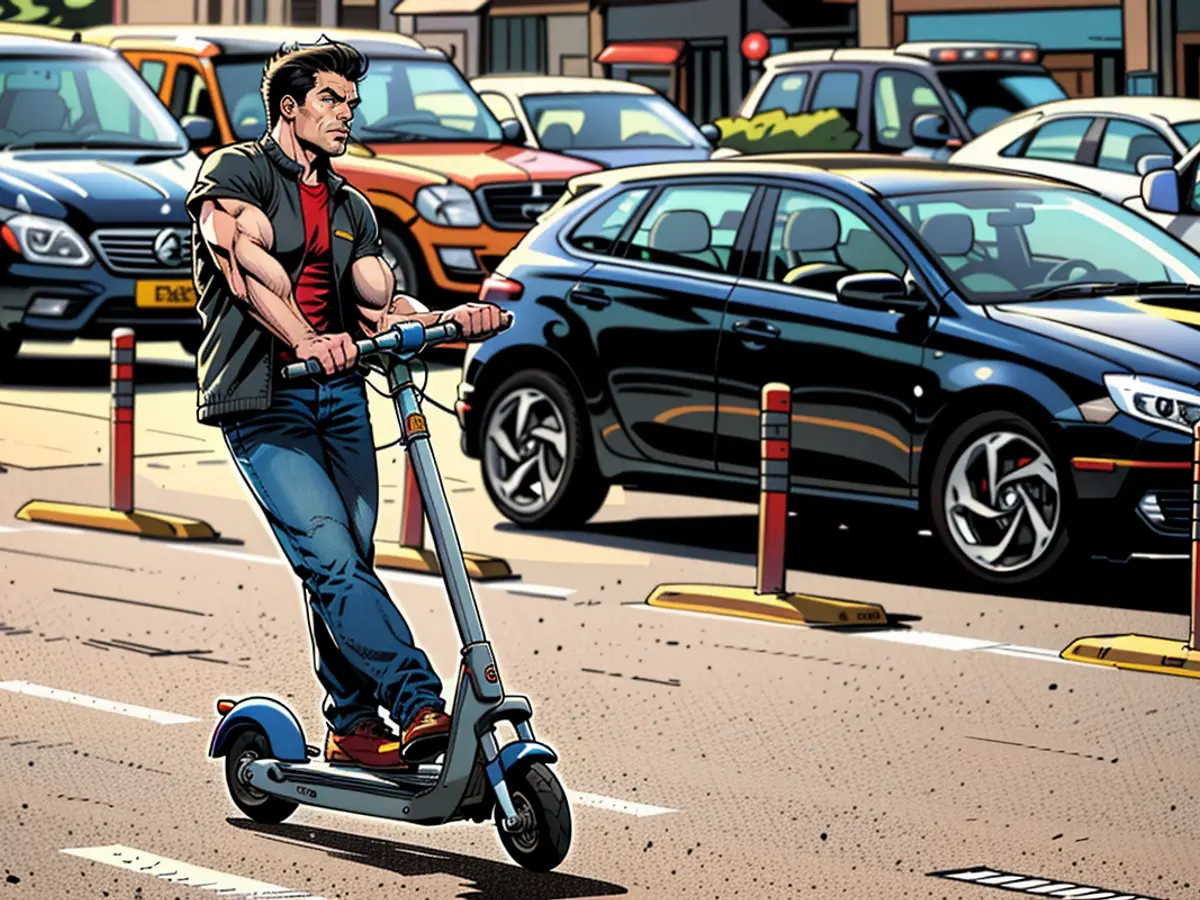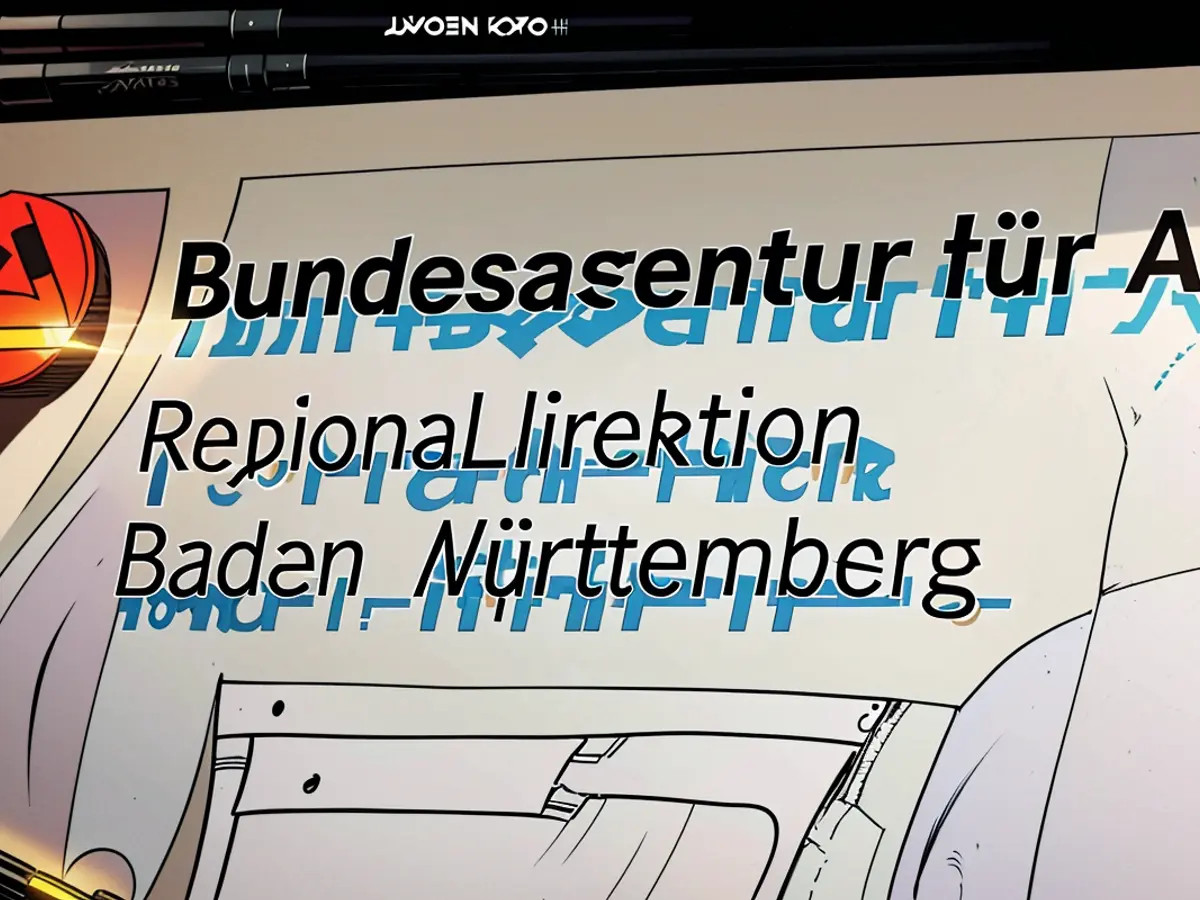Ideas from the transport minister - Volker Wissing wants new rules for e-scooters <unk> that's planned
New regulations for e-scooters are planned. The Federal Ministry of Transport has submitted a draft. An example is the mandatory use of turn signals. However, it will still take some time for the new regulations to be implemented. The Foot Traffic Association Fuss criticizes the plans, and even the ADAC calls for improvements. Here's what is planned:
Harmonization with cycling rules
The Ministry of Transport has submitted a draft to amend the regulation on electric micro-vehicles and other provisions. This was already planned during the 2019 licensing process. It involves so-called behavioral regulations - in essence, the rules for e-scooters should be harmonized with those for cycling where possible.
This means, for example, that e-scooter riders will be allowed to use the green light for cyclists at red lights in the future. According to the ministry, the draft also proposes that the opening of sidewalks or pedestrian zones with the additional sign "cycling allowed" should also apply to e-scooters. As before, a speed of walking pace must be maintained and particular consideration must be given to pedestrians.
A transition period of one year is planned for these behavioral regulations, according to the ministry. The new regulation is scheduled to come into force in April 2025, but the rules for harmonization with cycling will only come into effect a year later.
Role of municipalities
During this transition period, municipalities could, for example, test whether a ban on electric micro-vehicles on sidewalks or pedestrian zones opened to cycling should be introduced, the ministry said. The local authorities could then decide whether e-scooters would also be allowed on individual sidewalks opened to cycling.
Association: Wissing doesn't care about pedestrians
The Fuss association spoke generally of a "serious attack" on pedestrians. Transport Minister Volker Wissing (FDP) wants to allow e-scooters on more sidewalks and in more pedestrian zones, and also wants to abolish the previously prescribed minimum distance of 1.5 meters when overtaking pedestrians. Above all, rental e-scooters are often driven dangerously and chaotically. Wissing also wants to regulate the parking rights for e-scooters in the Road Traffic Regulations, which the Fuss association says will only exacerbate the current chaos. Instead, it proposes that, after a transition period starting in early 2026, e-scooters should only be allowed to be parked on marked areas on sidewalks.
Turn signals mandatory for e-scooters
It will also be mandatory for newly registered e-scooters to have turn signals. This will apply from early 2027, according to the draft. A market analysis shows that newer vehicles increasingly come with turn signals as standard.
A scientific study by the Federal Highway Research Institute on e-scooters found that many users find indicating their intended direction by hand unsafe. The German Road Safety Council welcomed the fact that there will be mandatory turn signals on new vehicles in the future. On e-scooters, the hand signal, which is now only held with one hand, can lead to unstable riding.
From the perspective of the ADAC, a central problem remains unaddressed: the lack of victim protection. Currently, there is no liability for damages due to the maximum speed of e-scooters being 20 kilometers per hour, according to a spokesperson. "Therefore, anyone injured innocently by an e-scooter today must prove personal fault on the part of the e-scooter rider to receive compensation from their insurance."
Many Accidents
Last year, the number of deaths and injuries in e-scooter accidents doubled. According to the Federal Statistical Office, 22 people died on Germany's roads, compared to 11 in 2022.
In total, there were 9,425 e-scooter accidents nationwide, resulting in injuries. This was an increase of 14.1% from the previous year. The Federal Office cited improper use of the roadway or sidewalk as the most common cause of accidents. Almost as common was driving under the influence of alcohol. Many accidents occur in large cities.
TÜV Association Welcomes Changes
Richard Goebelt, head of the vehicle and mobility department at the TÜV Association, said it is necessary to improve the safety and acceptance of e-scooters, especially given their growing popularity.
In particular, adjustments to the technical requirements of the vehicles are essential to enhance the operational safety of e-scooters. Goebelt mentioned the introduction of turn signals, stricter battery checks, and independent front and rear wheel brakes.
Länder and associations can submit their positions on the draft from the Ministry of Transport by August 9. The Bundesrat must also approve the changes.
E-scooter riders may potentially use the green light intended for cyclists at red lights in the future, as the Ministry of Transport's draft proposes harmonizing e-scooter rules with cycling regulations.
The planned transition period allows municipalities to consider implementing a ban on e-scooters on sidewalks or pedestrian zones opened to cycling, giving them the power to decide on a case-by-case basis.








